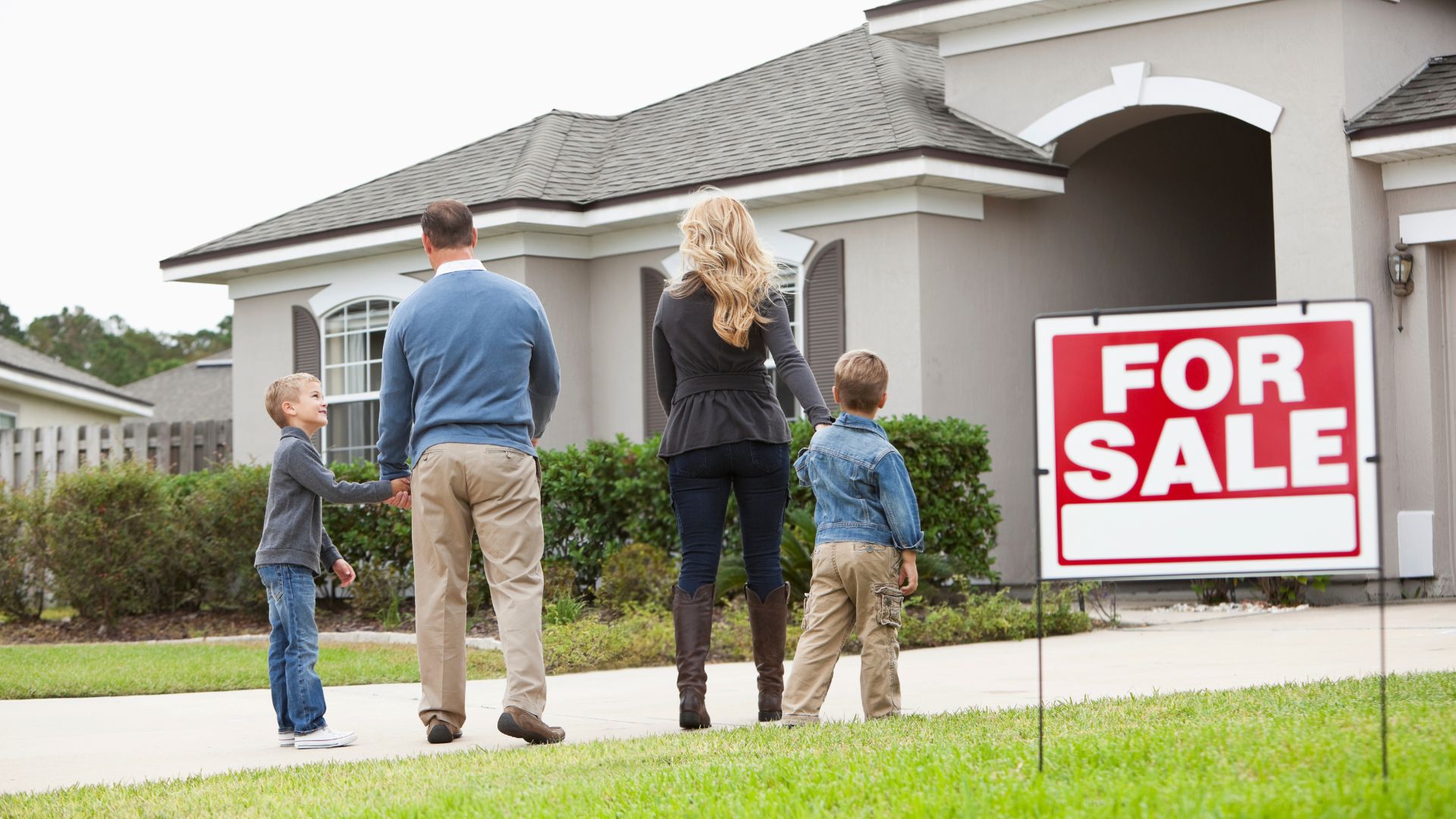Different types of roofing materials offer varying lifespans, so understanding how long each one can last is essential for making an informed decision. In this blog, we’ll explore the typical lifespan of the most common roofing materials and provide tips on how to maximize the life of your roof.

Asphalt Shingles: 15-30 Years
Asphalt shingles are the most popular roofing material in the U.S. due to their affordability and ease of installation. There are two main types:
- 3-tab shingles: Typically last around 15-20 years.
- Architectural shingles: More durable and can last 25-30 years.
Factors Affecting Lifespan
- Climate: Harsh weather, like hail and extreme heat, can shorten the lifespan of asphalt shingles.
- Maintenance: Regular cleaning of gutters and roof inspections can help prevent premature wear.
Tips for Longevity
- Make sure your roof is well-ventilated to avoid moisture buildup.
- Perform routine inspections to catch any minor issues before they escalate.
Metal Roofing: 40-70 Years
Metal roofing is known for its durability and longevity. There are various types of metal roofing, including steel, aluminum, and copper. Depending on the type:
- Steel and aluminum roofs: Can last 40-50 years.
- Copper roofs: May last up to 70 years or more, developing a natural patina over time.
Factors Affecting Lifespan
- Coating: Metal roofs with a high-quality protective coating are more resistant to rust and corrosion.
- Installation quality: Proper installation is crucial to prevent leaks and ensure long-term performance.
Tips for Longevity
- Inspect the roof for loose panels or fasteners after storms.
- Keep the roof free of debris to prevent water buildup, which can lead to rust.
Clay and Concrete Tiles: 50-100 Years
Clay and concrete tile roofs are popular in warmer climates, particularly in the Southwest and coastal regions. These materials are incredibly durable, with clay tiles lasting up to 100 years and concrete tiles lasting 50-60 years.
Factors Affecting Lifespan
- Climate: While tile roofs are resistant to heat and fire, they can be vulnerable to impact damage in areas prone to hail.
- Weight: Tiles are heavy and require a reinforced roof structure, which should be inspected periodically.
Tips for Longevity
- Regularly check for cracked or broken tiles and replace them immediately.
- Ensure the roof structure is properly supported to handle the weight of the tiles.
Wood Shingles and Shakes: 25-40 Years
Wood shingles and shakes offer a natural, rustic appearance and can last between 25 and 40 years, depending on the wood type (cedar is a popular choice) and climate conditions.
Factors Affecting Lifespan
- Moisture: In humid or rainy climates, wood can be susceptible to rot or moss growth.
- Maintenance: Wood roofs require more upkeep to prevent damage from moisture, insects, and mold.
Tips for Longevity
- Treat the wood with a protective sealant to repel water and prevent rot.
- Clear away debris that can trap moisture and lead to mold growth.
Slate Roofing: 75-200+ Years
Slate roofs are known for their exceptional longevity and beauty. Depending on the quality of the slate, these roofs can last anywhere from 75 to 200 years, making them one of the longest-lasting roofing materials available.
Factors Affecting Lifespan
- Type of slate: Thicker, high-quality slate tends to last longer than thinner, lower-grade options.
- Installation: Slate roofing requires expert installation to ensure longevity.
Tips for Longevity
- Inspect the roof regularly for broken or slipped tiles.
- Ensure proper installation and repair by hiring experienced slate roof professionals.
Synthetic Roofing: 20-50 Years
Synthetic roofing materials, such as rubber, plastic, or polymer-based options, are designed to mimic natural materials like slate or wood. Depending on the specific product, synthetic roofs can last anywhere from 20 to 50 years.
Factors Affecting Lifespan
- UV exposure: Prolonged exposure to sunlight can degrade some synthetic materials over time.
- Quality of the product: Higher-end synthetic materials tend to last longer and be more durable.
Tips for Longevity
- Ensure proper installation to avoid issues with warping or cracking.
- Clean the roof regularly to prevent buildup of debris that can damage the surface.
Green Roofs: 30-50 Years
Green roofs, or vegetative roofs, are designed with a layer of plants over a waterproof membrane. These roofs can last 30-50 years or more, depending on how well they are maintained and the type of plants used.
Factors Affecting Lifespan
- Maintenance: Green roofs require regular care to keep the plants healthy and the waterproof membrane intact.
- Waterproofing: The quality of the waterproof membrane is key to preventing leaks and ensuring long-term durability.
Tips for Longevity
- Regularly inspect the waterproof membrane for damage or wear.
- Maintain the plants and drainage systems to prevent root overgrowth and water damage.
Conclusion
The lifespan of your roof depends on the material you choose, the quality of installation, and how well you maintain it. By understanding the longevity of each type of roof and taking the necessary steps to care for it, you can make an informed decision that fits your budget, style, and long-term needs. Whether you’re building a new home or replacing an old roof, investing in durable materials and regular maintenance will ensure that your roof stands the test of time.






